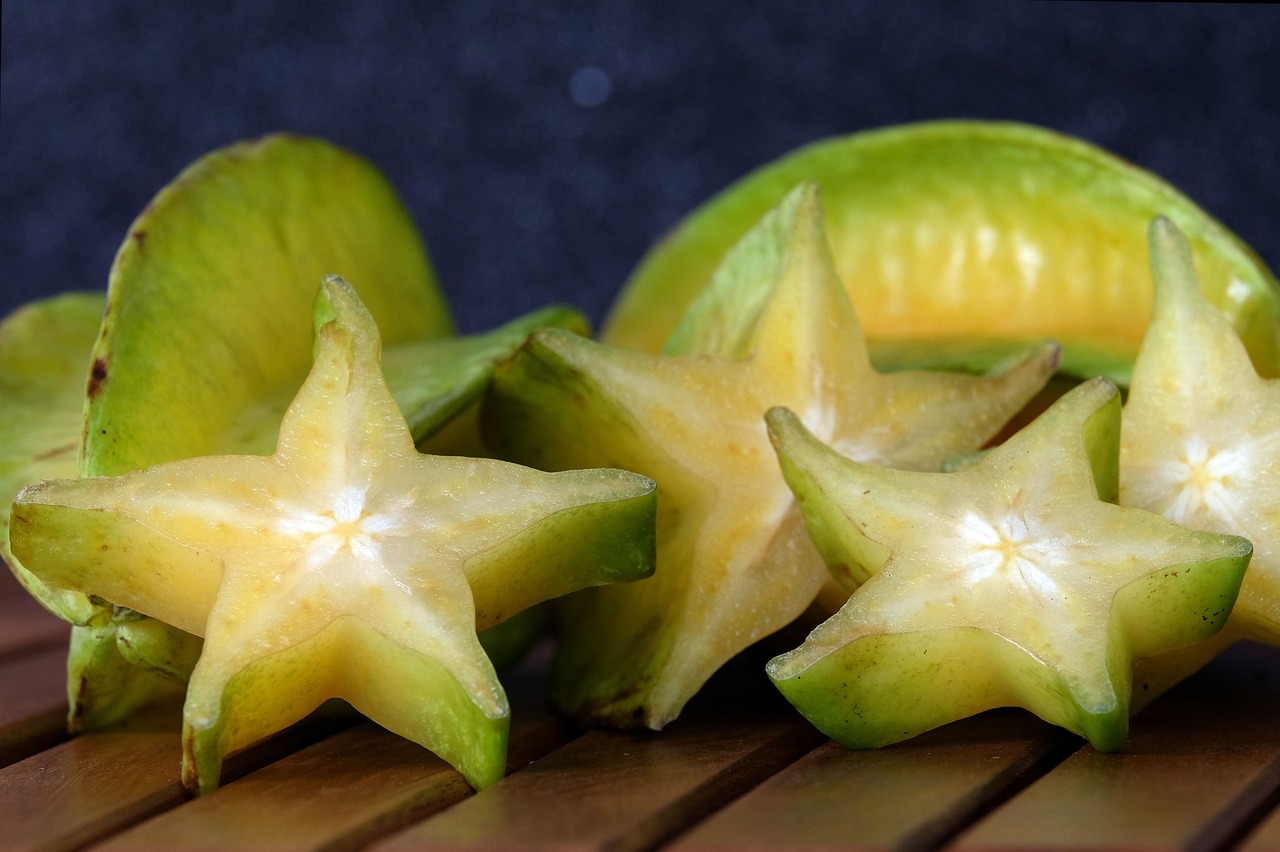How to Manage Beekeeping in Cold Climates: 11xplay online id login, India24bet login, Skyinplay
11xplay online id login, india24bet login, skyinplay: Managing Beekeeping in Cold Climates
Are you a beekeeper located in a region with cold winters? Do you find it challenging to keep your bees healthy and productive during these harsh conditions? If so, you’re not alone. Beekeeping in cold climates requires special attention and care to ensure the well-being of your bees. In this article, we’ll provide you with tips and strategies on how to effectively manage your beekeeping operation in cold weather.
Understanding the Challenges
The first step in successfully managing beekeeping in cold climates is understanding the challenges that come with it. Cold temperatures can have a significant impact on bees, affecting their ability to forage, regulate hive temperature, and survive the winter months. It’s essential to be aware of these challenges so that you can take the necessary steps to mitigate them.
1. Foraging Challenges
During the winter months, bees have limited opportunities to forage for food. With fewer flowers in bloom and shorter days, bees must rely on stored honey and pollen to sustain themselves. As a beekeeper in a cold climate, it’s crucial to ensure that your bees have an adequate supply of food to last them through the winter.
2. Hive Temperature Regulation
Maintaining the optimal temperature inside the hive is essential for the survival of the colony. In cold climates, bees must work harder to keep the hive warm, using up more energy in the process. As a beekeeper, you need to provide your bees with the necessary resources to help them regulate hive temperature effectively.
3. Winter Survival
Winter can be a tough time for bees, especially in cold climates where temperatures drop below freezing. Bees must cluster together to generate heat and conserve energy. However, if the hive is not adequately insulated or lacks sufficient food stores, the colony may not survive the winter.
Tips for Managing Beekeeping in Cold Climates
Now that you know the challenges of beekeeping in cold climates, let’s explore some tips and strategies to help you manage your beekeeping operation effectively during the winter months.
1. Insulate Your Hive
One of the most important steps you can take to help your bees survive the winter is to insulate your hive. Proper insulation will help them retain heat and reduce the amount of energy they need to keep the hive warm. You can use materials such as foam insulation boards or hay bales to insulate the hive effectively.
2. Provide Adequate Food Stores
Ensure that your bees have enough honey and pollen stored in the hive to last them through the winter. Bees need a sufficient supply of food to sustain themselves when foraging opportunities are limited. Consider supplementing their diet with sugar syrup or candy boards if necessary.
3. Ventilate the Hive
Proper ventilation is crucial for regulating the humidity levels inside the hive. Bees produce moisture as they consume honey and generate heat. Without proper ventilation, condensation can build up inside the hive, leading to mold growth and other health issues for the bees. Make sure to provide adequate ventilation while still keeping the hive draft-free.
4. Reduce Hive Entrance
During the winter months, it’s essential to reduce the size of the hive entrance to prevent heat loss and intruders. Bees can better defend a smaller entrance, keeping out predators and other unwanted guests. You can use entrance reducers or mouse guards to control the size of the entrance.
5. Monitor Hive Health
Regularly inspect your hive throughout the winter to ensure that your bees are healthy and thriving. Look for signs of disease, pests, or starvation. If necessary, provide supplemental feeding or medication to support the colony’s well-being.
6. Protect Your Bees from Predators
Predators such as mice and birds can pose a threat to your bees during the winter months when food sources are scarce. Be sure to install mouse guards on the hive entrance and take measures to deter other pests from accessing the hive.
FAQs
Q: How do I know if my bees are running low on food during the winter?
A: You can conduct a quick inspection by lifting the hive to gauge its weight. A light hive likely indicates a shortage of food, prompting you to provide supplemental feeding immediately.
Q: Can I still inspect my hive during the winter?
A: It’s not recommended to disturb the bees excessively during the winter. However, you can quickly peek inside the hive to ensure they have enough food and to check their overall health.
Q: Should I provide additional heating for my bees during the winter?
A: Bees can generate enough heat by clustering together to survive cold temperatures. It’s best to focus on insulating the hive and providing enough food rather than introducing artificial heating.
Q: How can I help my bees thrive in cold climates during the spring and summer months?
A: Ensure your bees have access to plenty of blooming flowers, a clean water source, and regular hive inspections to prevent the build-up of pests and diseases.
In summary, managing beekeeping in cold climates requires careful planning and attention to detail. By following the tips and strategies outlined in this article, you can help your bees thrive during the winter months and emerge strong and healthy in the spring. Remember to monitor hive health regularly, provide adequate food stores, and insulate the hive effectively to set your bees up for success. With proper care and attention, your beekeeping operation can flourish even in the coldest of climates.







